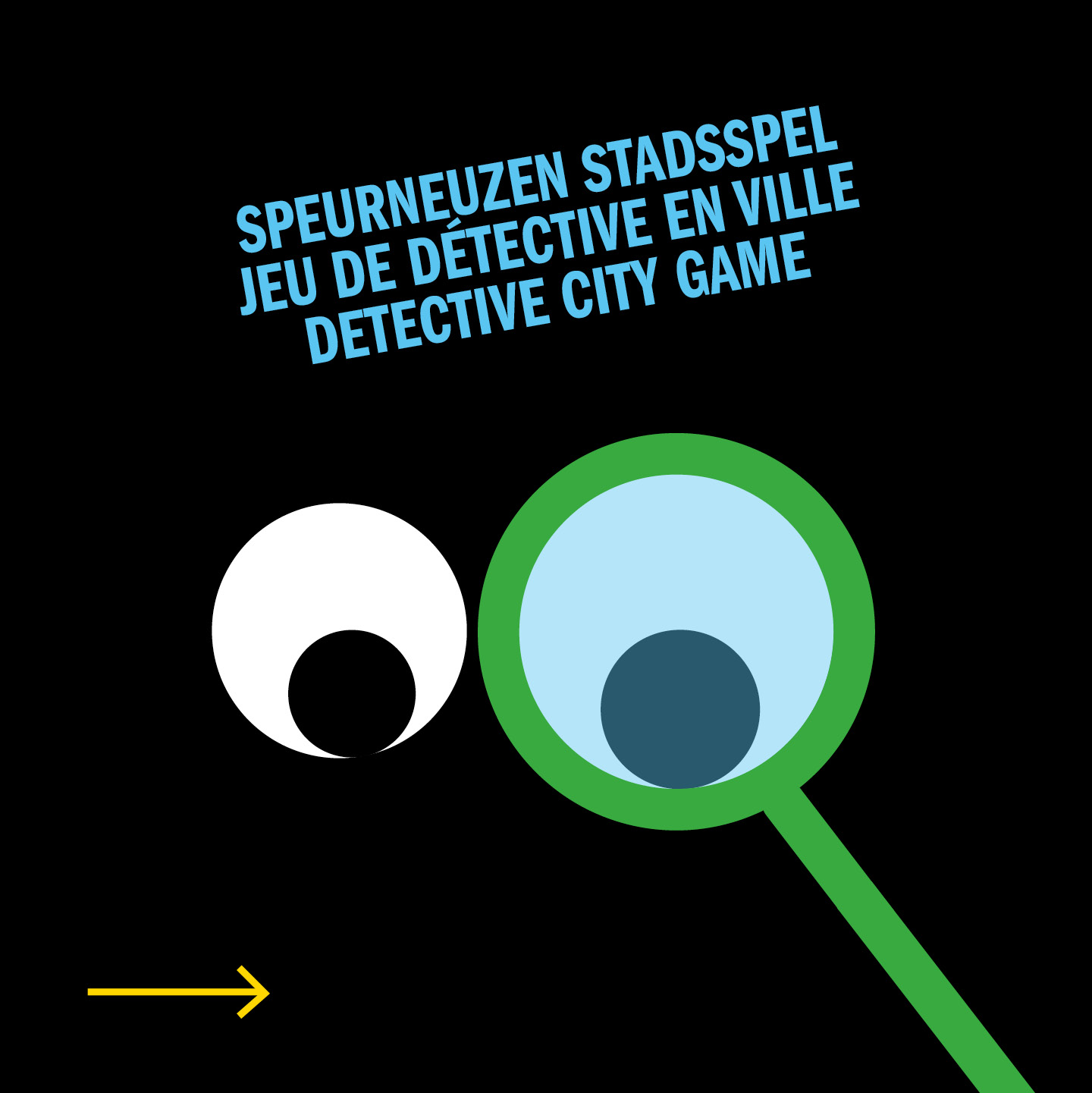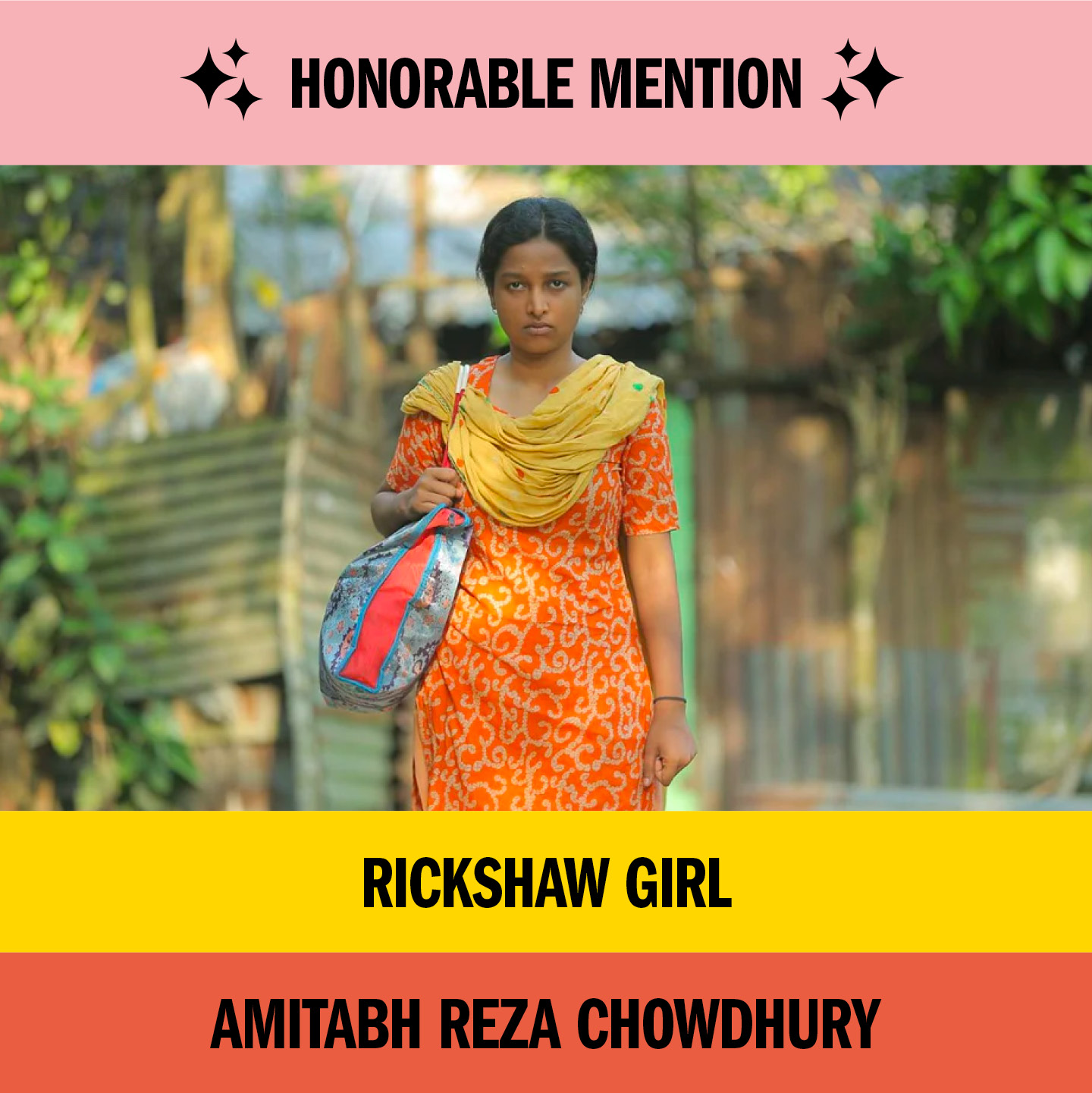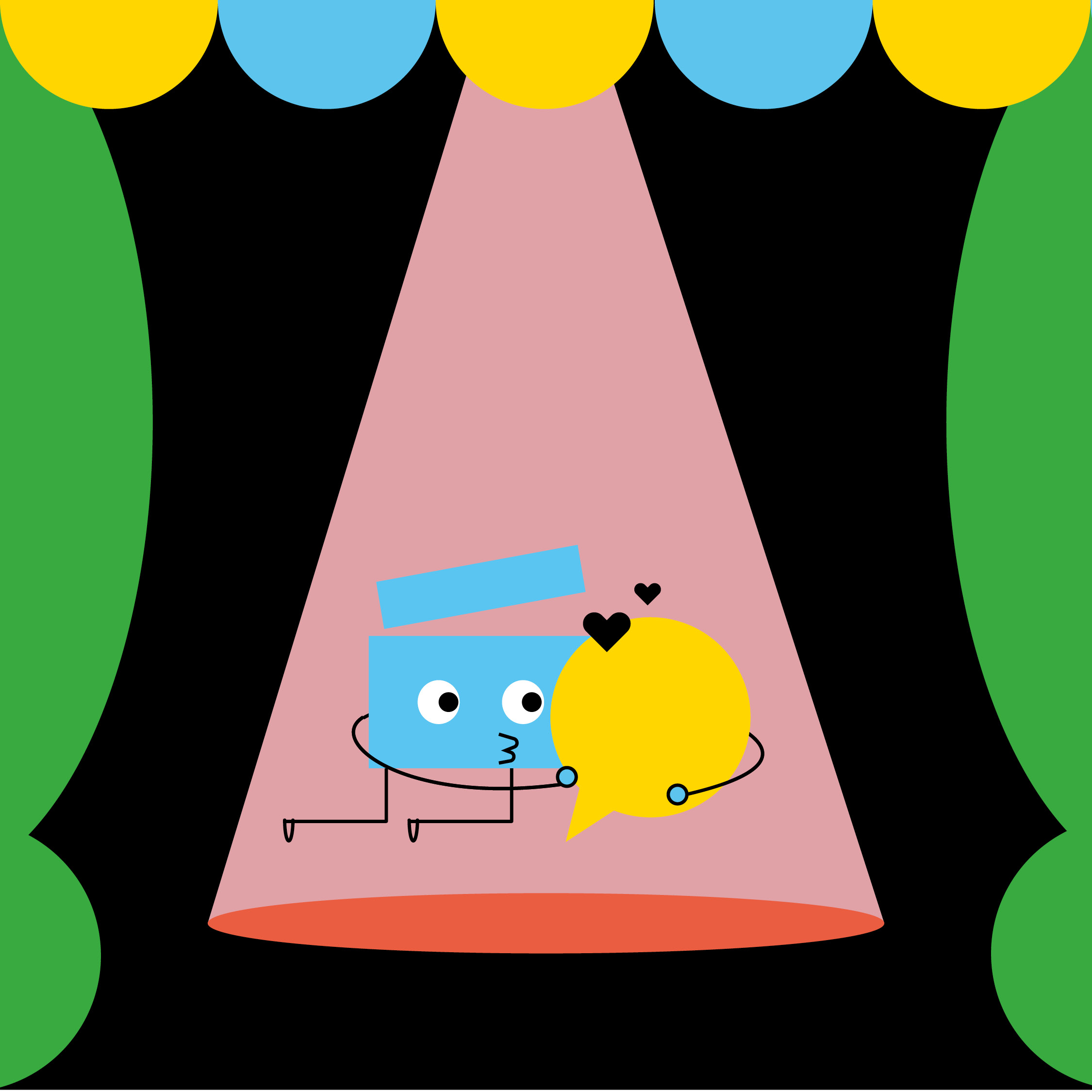
Panel “Telling stories for the new generation of European Cultural Diversity; co-production and cooperation through the lens of European Children’s Film”
Participants and guests were warmly welcomed by Hilde Steenssens, representing the Filem’On festival, co-hosting this event together with KIDS Regio. Today’s moderator Elisabeth Wenk (KIDS Regio) in her introduction referred to her own first cinema experience and the impact it had. Films for young audiences can work as a tool to develop a sense for style and aesthetics, and to create one’s personal identity within the bigger context of a European cultural identity.
PART 1: GOOD PRACTICES (4 PRESENTATIONS)
- Camiel Schouwenaar, director of BIGMAN (The Netherlands / Germany)
The genesis of this film, produced by the Dutch company Rinkel Film, reflects the importance of European cooperation.
- Financing came from several European sources, like the Dutch Film Fund, Eurimages, the Cultural Fund, MDM, etc. With a big player like Netflix on board, financing went fast and smoothly.
- Tasks were divided between two co-producing nations (for instance, sound, make-up and colour-grading were done by the German partner).
- Development in the Cinekid Script Lab (coaching, structuring the script) and the Cinekid Directors Lab (preparing the shooting). Both pan-European programmes brought a profound added value to the project.
- For a film primarily targeting a domestic audience, the success in the festival circuit is a proof of its international appeal and of a universal appreciation.
Camiel Schouwenaar on directing young actors:
- A good casting is crucial, in terms of both the acting and the energy to endure and not to give up. The young cast all together should have the right dynamics. Therefor you can make them spend time together already before the shooting starts.
- The focus is on the quality of the script, to which young actors can add surprising elements and give great new impulses.
- Plenty of patience and diplomacy, and a solid preparation are needed to make it a positive experience, like it has been with BIGMAN.
- Anna J. Ljungmark, producer of GABI, BETWEEN AGES 8 AND 13
Anna J. Ljungmark is producer, consultant, production editor,… for ‘House of Real’.
GABI, BETWEEN AGES 8 AND 13 follows a young person in its process of growing up, which has its consequences:
- Being extremely careful with content
- Getting the entire family involved (“but we wanted to stay 100% focused on Gabi”)
- Getting the school involved
- Permission is always required.
Several obstacles occurred:
- TV station TV8 considered the protagonist too vulnerable and foresaw the risk of exploitation, which scared off other broadcasters.
- Financing came from National Swedish Funding bodies, like the National Film Institute and the regional Film I Skåne + support from Creative Europe.
- The business model was risky: production came first, financing came second place (and was only finalized in a late stadium of production). Documentary makers can’t waste time!
- GABI was not financed nor labelled or promoted as a children’s film.
Current situation: the film has been traveling to 30 countries already, was awarded, sold to broadcasters, etc. Nevertheless the domestic cinema release in Sweden was problematic, as the target audience wasn’t clearly defined. Impact creation was done for very specific screenings.
- Ljubica Lukovic, script writer of HOW I LEARNED TO FLY
This Serbian-Croatian-Slovak-Bulgarian co-production was made after a script debut, based on a novel.
Challenges in writing:
- The delicate aspect of war that required 12 draft versions of the script;
- Combining 2 perspectives: Sofia and Grandma:
- Set in a specific time, so how to make sure to capture “the youth of today”? (young actors were involved in that process);
- Bringing to life Sofia’s rich phantasy world by using animations;
- Language problems to be solved (Serbian versus Croatian).
Challenges in shooting:
- Touristic region = busy region = expensive region;
- Extra Covid-measures were required;
- Weather circumstances were difficult;
- No extras on the set, so crew members served as extra actors.
Co-production circumstances:
- Funding from Creative Europe Media was crucial;
- Producing in low-capacity countries is key!
- Location scouting and casting was done in 3 countries.
Promotion:
- Targeting two different audience sections (kids 8–10; mothers 35+) with different trailers;
- ‘Feel good’ as key word;
- Croatian premiere in the arena of the prestigious Pula Film Festival;
- Making the film travel to small villages without cinema accommodation.
Result: number 1 in Serbian cinemas!
Conclusions:
- Kids’ choices regarding films to watch are steered by what the cinemas offer them. If we offer an alternative, they might choose for it.
- The tone of the story: Kindness can be cool!
- Children’s films can and should reflect the reality, not shying away from serious topics like war, with family reconciliation as a narrative background to our story.
- There was a narrative layer attracting the parents and adults.
- Viviane Vanfleteren, producer of TITINA
This Norwegian animation in co-production with Belgium, telling a semi-realistic story about the first dog on the North Pole, has been successfully released in Norway. The marketing campaign was mainly targeting family audience with a well-known story, and famous actors doing the dubbing. There was one special open air screening with dogs in Bergen.
Co-production set up:
Only 2 countries were involved, which is both challenging and easy; control over one production pipeline can relatively easy be maintained. The development was done in Norway (2014), Belgium partnered in 2017. The total budget was € 8,2 million (increasing in a later stadium) for a production with a rather costly style of animation.
- Animation has a longer lifespan than live action;
- Already sold to 25 countries;
- No streamer on board; the entire focus is on a full cinema release + TV.
PART 2: PANEL – Searching for common grounds
Extra panel member: Bernadette Forsthuber (Creative Europe Media)
What is the ‘super power’ of children’s film? Or in other words: What is its cultural impact?
Camiel Schouwenaar: These are stories from which you can learn about life, about others, watching other children with whom you can sympathize. Film education should not only deal with film techniques but also with content and stories.
Viviane Vanfleteren: Only films for pre-schoolers we still classify as “children’s films”, all film targeting an 8+ age group we consider as “movies”. We must seek for new qualifications and labels, not simply based on the element of violence, which can also be found in widely accepted titles like BAMBI, SNOWWHITE, THE LION KING, etc.
Anna J. Ljungmark: Children’s films are perceived differently and don’t get the same artistic acclaim as other titles. That’s why during the financing and production process, we never labelled our film as such. For marketing reasons we also refused to premier in a festival’s children section, as this would have resulted in less cinema screening windows and less media attention.
The importance of the development trajectory
Ljubica Lukovic: We made use of several development trajectories, which felt as a necessity as we wanted our film to travel, even with an initially local story. Script doctors have profoundly helped us to reach that goal.
How does this international funding system work?
Bernadette Forsthuber: Creative Europe supports training initiatives and markets; the final choice of film projects is made by the training initiatives. We aim for a balanced geographical spreading, which could even include non-European participants.
We’re happy with the growing amount of projects from low capacity countries and the attention given to co-development and film education.
We support seven children’s film festivals in a festival network.
Anna J. Ljungmark: My experience tells me: the better the budget, the better the film. Another key to a good film is the development and the time you invest in it. That is why training programmes are crucial.
What is the importance of co-production?
Anna J. Ljungmark: Co-producing will always create extra problems, for instance with languages, paperwork, and especially the international Covid situation. But producers often build networks through regular producing with the same partners.
Camiel Schouwenaar: Co-production should leave room for filmmakers to follow their own intuition. In our case we struggled with finding the right composer within our co-production agreement.
Viviane Vanfleteren: I would love to work more often with low capacity countries, but salaries here are simply too high.
Which stories should be told?
Ljubica Lukovic: This question should be answered by the children themselves; we should consult them about every aspect. Not only about the perspective of the child, but about the topic and how you present it.
What does Creative Europe want from producers?
Bernadette Forsthuber: Cooperation is crucial. That is why we need to get to know each other; we need to know what you are working on. Among European films, children’s films are often among the most successful – even scoring top 10 positions – so we should understand their potential.
This forum was organised in cooperation with the Vertretung des Freistaats Thüringen bei der EU, with the support of ECFA and the Creative Europe Media Desk.
Report: Gert Hermans








